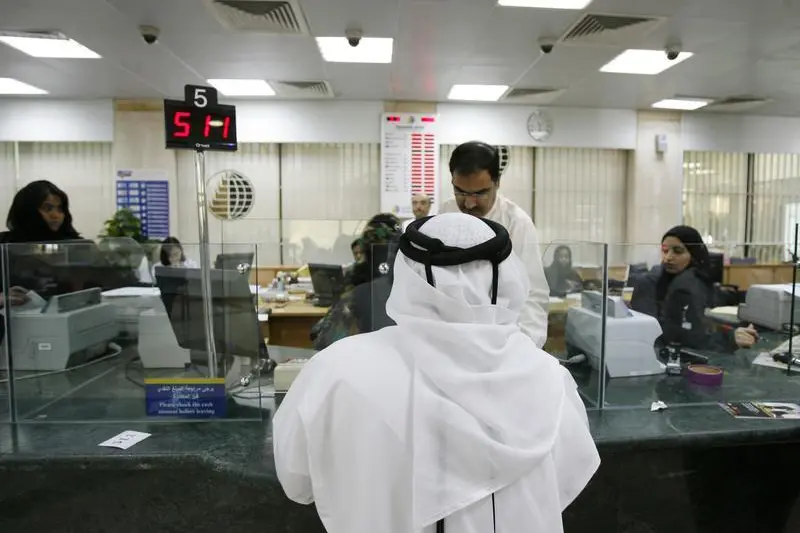PHOTO
Sunday, Jul 16, 2017
Dubai
The banking system is facing new challenges following the sharp decline in oil prices and it needs to adjust its liquidity management measures to adjust to the new reality according to a recent paper prepared by a staff team from the International Monetary Fund (IMF).
The IMF paper observes that with lower oil revenues, current account surpluses have declined, and fiscal surpluses have turned into deficits. In this setting, the public sector’s propensity to accumulate deposits in the banking system has weakened.
In addition, the normalisation of US interest rates and banking regulatory changes in the UAE are creating new challenges for banks’ management of liquidity. Yet ensuring healthy liquidity conditions and promoting financial market development is important for supporting robust credit and economic growth and diversification goals.
“The new setting calls for upgrading the central bank’s liquidity management framework, along with further steps to develop domestic money and debt markets. More active management of system-wide liquidity, as is already being planned by the central bank, and streamlining the gamut of the central bank’s liquidity management instruments would encourage banks to manage their own liquidity better and develop money markets,” the IMF paper said.
Liquidity in the UAE’s banking system is driven by oil prices. Most banks are government-owned, and governments and government-related enterprises (GREs) are important providers of bank funding and borrowers from banks.
Governments’ and GREs’ deposits make up about a quarter of total bank deposits. As a result, banks are highly, albeit indirectly, exposed to changes in oil revenues. During 2005—13, the current account surplus averaged almost 12 per cent of GDP, while the fiscal surplus was 10 per cent of GDP on average. Hence, there was an abundant liquidity supply to the banking system via deposits by governments and GREs, both traditionally held with the commercial banks. In the absence of domestic debt markets, banks held their liquidity at the central bank in the form of investments in remunerated CDs, required and excess reserves, and/or foreign assets.
Given the traditional structural surplus of liquidity in the banking system, the central bank’s operations have focused on absorbing excess liquidity. The CBU has used two major instruments to this end: reserve requirements and CDs.
Together, reserve requirements and CDs absorb the structural liquidity surplus in the banking system. These instruments constituted 77 per cent of banks’ assets held with the central bank at end-2016. The remainder was held primarily in banks’ excess reserves and current accounts.
New challenges
The new lower-for-longer oil price environment has increased uncertainty about governments’ and GREs’ deposits. Oil revenues have declined and have become more uncertain. This tightened liquidity in the banking system. In 2016, government increased its deposits, but by then GREs became more constrained and their deposits decreased. Banks would need to account for these new risks related to governments’ and GREs’ deposits when managing their liquidity.
In addition, expected increases in the US interest rates will increase the cost of funding for UAE banks. As the US Federal Reserve continues normalising interest rates, funding costs for UAE banks will increase as domestic deposit rates rise in tandem with policy rates in the context of the peg. The cost of external funding, which UAE banks use to complement domestic deposits, will also rise. A more active liquidity management framework would help strengthen the capacity of the CBU and banks to manage liquidity in the higher interest rate environment.
Banks also need to adjust to new liquidity requirements, recently introduced by the central bank in line with the Basel III Accord. The Liquidity Coverage Ratio (LCR) is already applied to the three largest banks at 80 per cent with full phase-in by 2019. The Net Stable Funding Ratio (NFSR) is planned to be implemented with 100 per cent phase-in by 2018. Both ratios require a significant amount of high quality liquid assets (HQLA) to be available for banks. Currently, the only major securities that qualify for this role are the central bank’s CDs.
Box/sidebar
By Babu Das Augustine Banking Editor
Gulf News 2017. All rights reserved.












